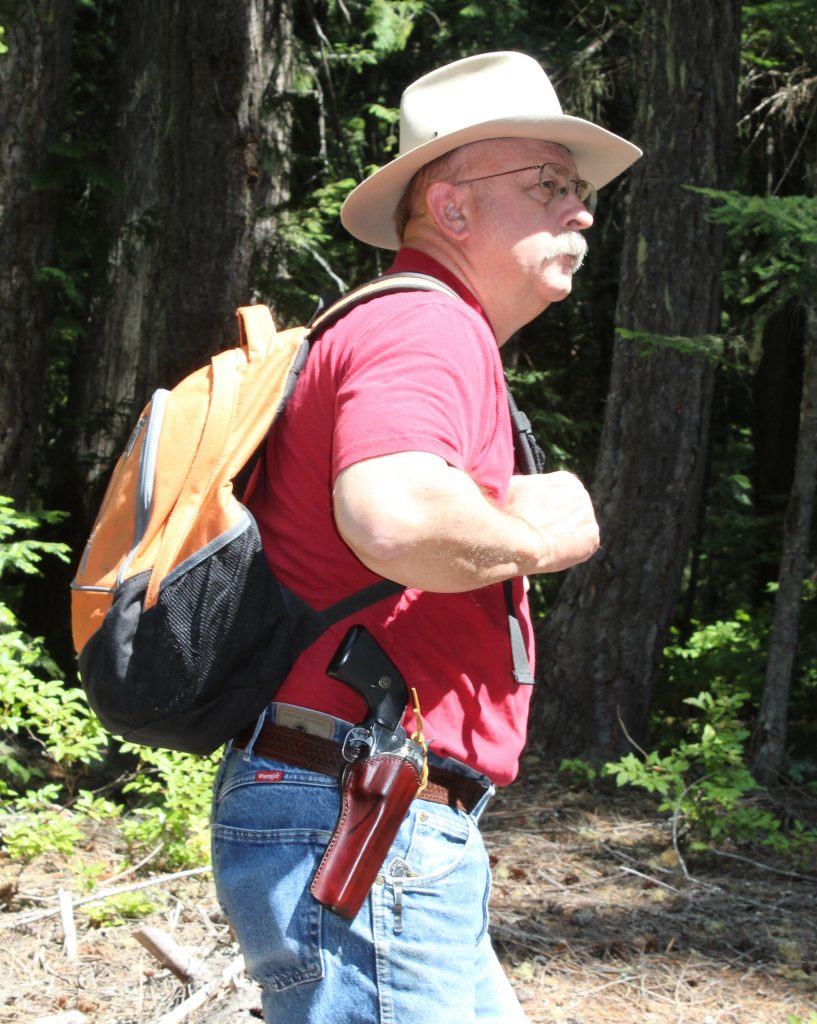
By Dave Workman | Editor-in-Chief
In the August 1971 issue of Guns & Ammo, then-Senior Staff Editor Whit Collins authored a piece about the late Gen. George S. Patton and included an observation that the general considered a semi-auto an ‘arm of two parts, while the revolver required nothing other than loose ammunition.”
I never forgot that because it made practical sense when I’ve spent so much time off the pavement, and frequently off anything resembling even a developed trail.
Long story short, I’ve always considered the revolver a superior sidearm to the semi-auto for this very simple reason. All one needs to keep it in action is a supply of cartridges. By contrast, if you’re a few miles from the nearest road and you lose or damage the magazine of your self-loader, you’re stuck with a rather cumbersome single-shot pistol, and if the gun has a magazine disconnect, you’ve got a paperweight or a blunt instrument weapon and nothing more.
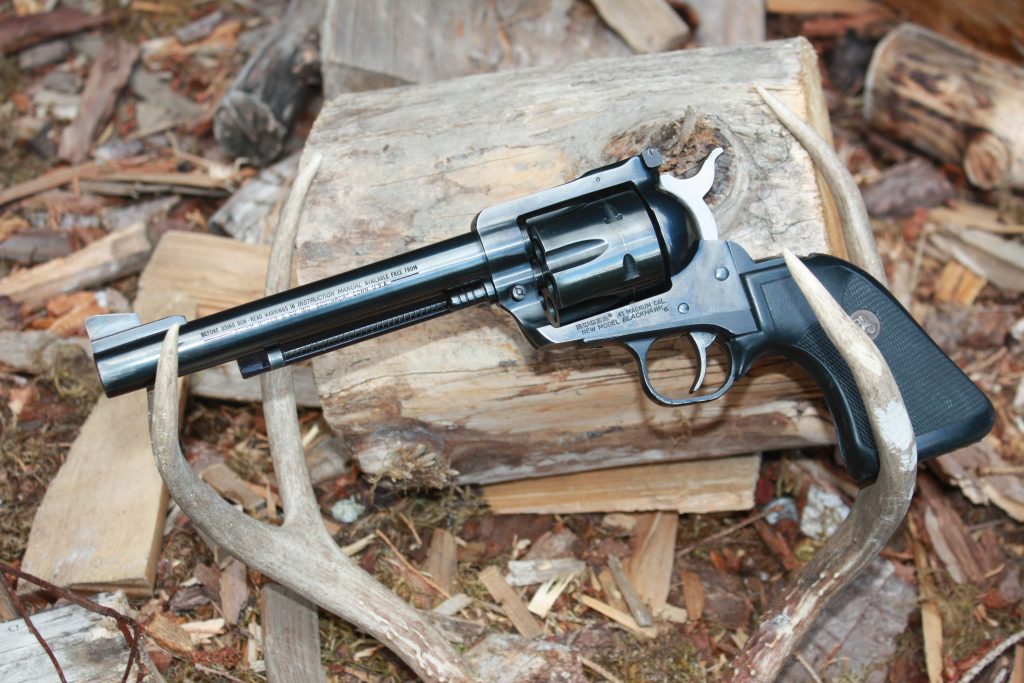
Of course, it’s not only prudent but essentially mandatory to carry spare magazines for any semi-auto. If a magazine malfunctions, it can be replaced immediately. If you shoot it dry, a reload is quick, which beats a wheelgun unless it’s a double-action and you have speed loaders. If you carry a single-action sixgun, reloading is a slow process, so this drawback must be taken into account for any sidearm choice.
A “life in the wilds” has afforded me some valuable experience. I don’t leave the pavement without a handgun, since in the Pacific Northwest—as I was once reminded by a pal—there are “things with teeth.” I’ve had personal experiences to confirm this observation, and at least a couple of those could have been pretty serious with just a slight change in circumstances.
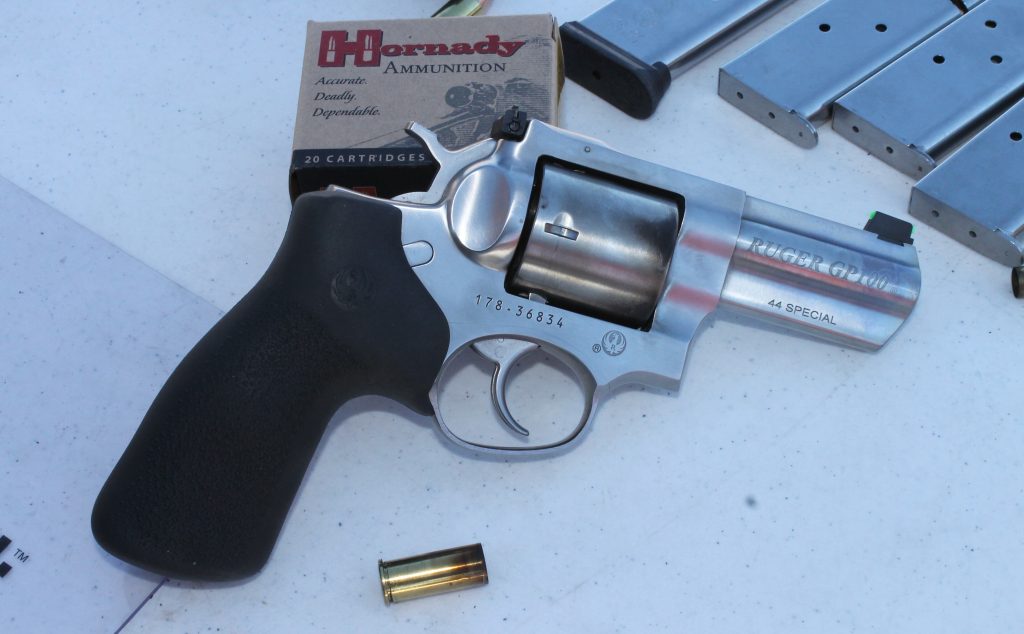
I can recall close encounters with more than one black bear, at least one mountain lion, a couple of bobcats, more coyotes than I care to count, and two wolves that didn’t know I was sitting next to a stump about 100 yards away as they followed the scent of a cow elk that was about 10 minutes ahead of them.
My choice of revolvers includes either a .357 Magnum with full-house loads, a .41 Magnum—either single- or double-action—or a .45 Colt-caliber Ruger single-action.
I’ve discussed handloads for all three calibers in the past in this space, and they’re all potent. With the .41 Magnum, I’ve collected three deer!
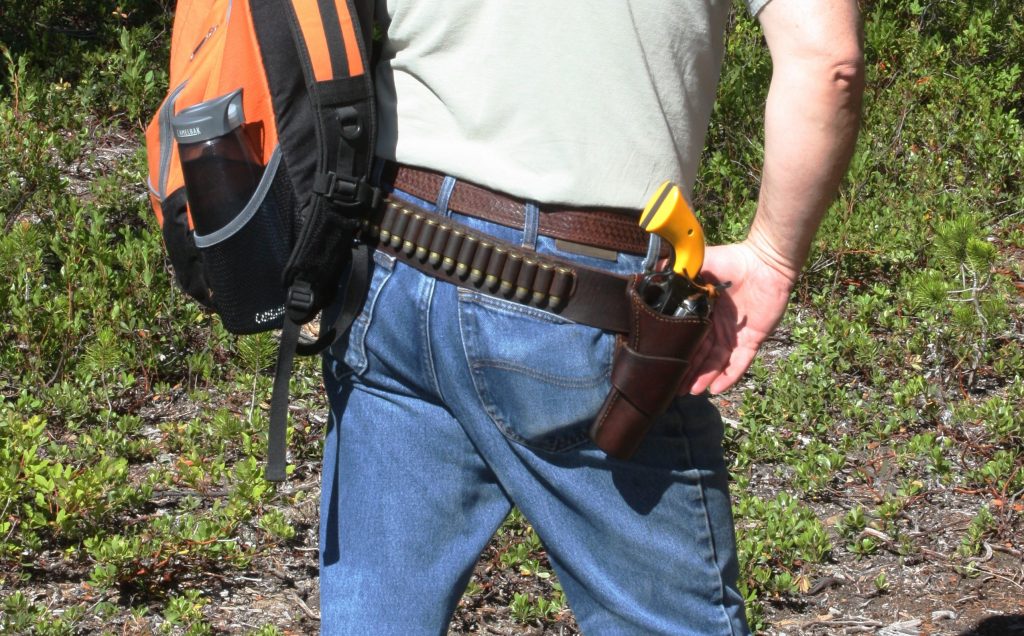
Others prefer .44 Magnums and even something bigger such as a .460 S&W or .480 Ruger. I’ve also encountered folks armed with .44 Special revolvers, either single- or double-action. The .44 Special is an under-rated cartridge that can do pretty much anything a .45 Colt can, and it has a thicker cylinder wall.
A few times, I’ve ventured forth with a Ruger Vaquero variation of the Single-Six with fixed sights, chambered for the .32 H&R Magnum. This is another under-rated cartridge, now overshadowed by the .327 Federal, but it has good stopping power and with the right bullet/powder combination, is a decent fight-stopper. It’s also a delightful small game caliber, and I suspect it has accounted for a fair number of cottontails and snowshoe hares over the past four decades.
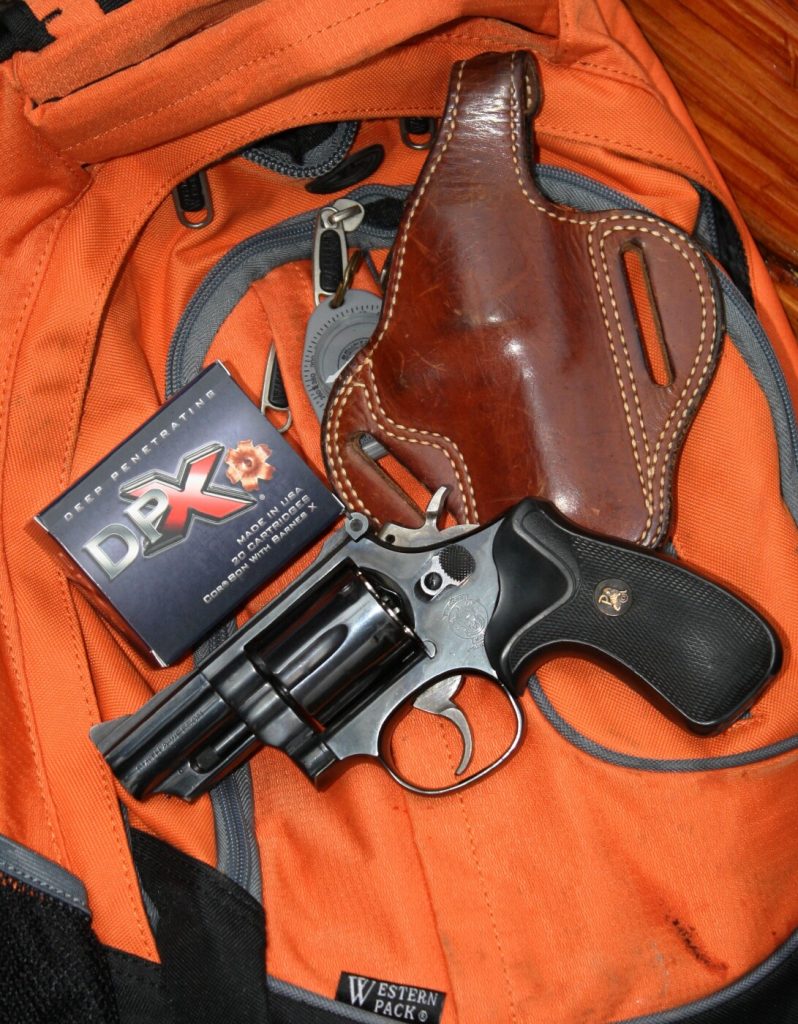
My handloads for the .32 H&R use 100-grain JHP bullets propelled by either Hodgdon’s H110 or Alliant 2400, and they both clock right around 1,000 fps. That is more than enough to terminate any rabbit ever born, and it will stop predators as well.
Now about that “loose ammunition.” I’ve never stuffed my pockets with cartridges for a sidearm, preferring instead to carry them in a cartridge belt or slide-on carrier. I do carry speedloaders occasionally for my double-action wheelguns, but off the trail, I still prefer a gunbelt filled with spare ammunition, because a good tumble will lose that speedloader, perhaps forever.
Sure, it adds weight around your waist, but you’ve always got plenty of ammunition when you need it. My cartridge belts hold a minimum of 30 rounds, and I’ve got a couple of rough-out models that carry 36 spares. It’s not that I expect to be attacked by a herd of rogue deer, but having an ample supply of ammunition in an emergency can be a comforting thing.
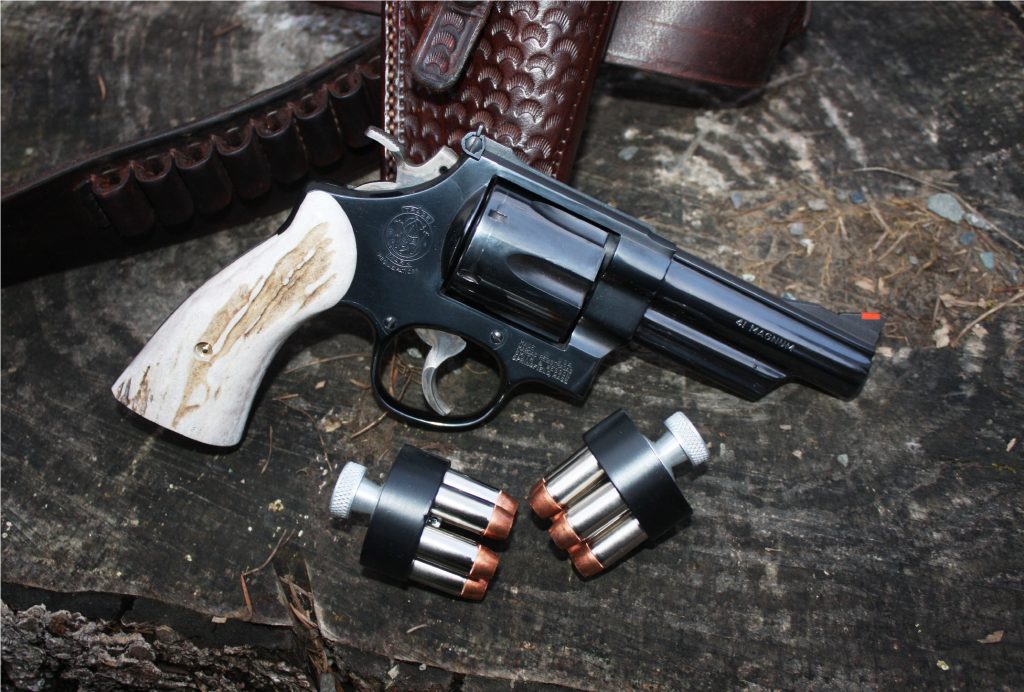
My slides for large-caliber cartridges carry six, while the one I built for the .32 H&R holds 12 rounds.
Another reason for spare ammunition is a simple one: Never holster an empty gun. It’s a principle I’ve lived with for decades and it has never failed me. An empty sixgun isn’t much good for anything.
The sidearm is an indispensable tool for all kinds of outdoors endeavors, even if it’s just a plinking session. It’s essentially like a fire extinguisher; good to have around although one hopes to never have to use it in an emergency.



